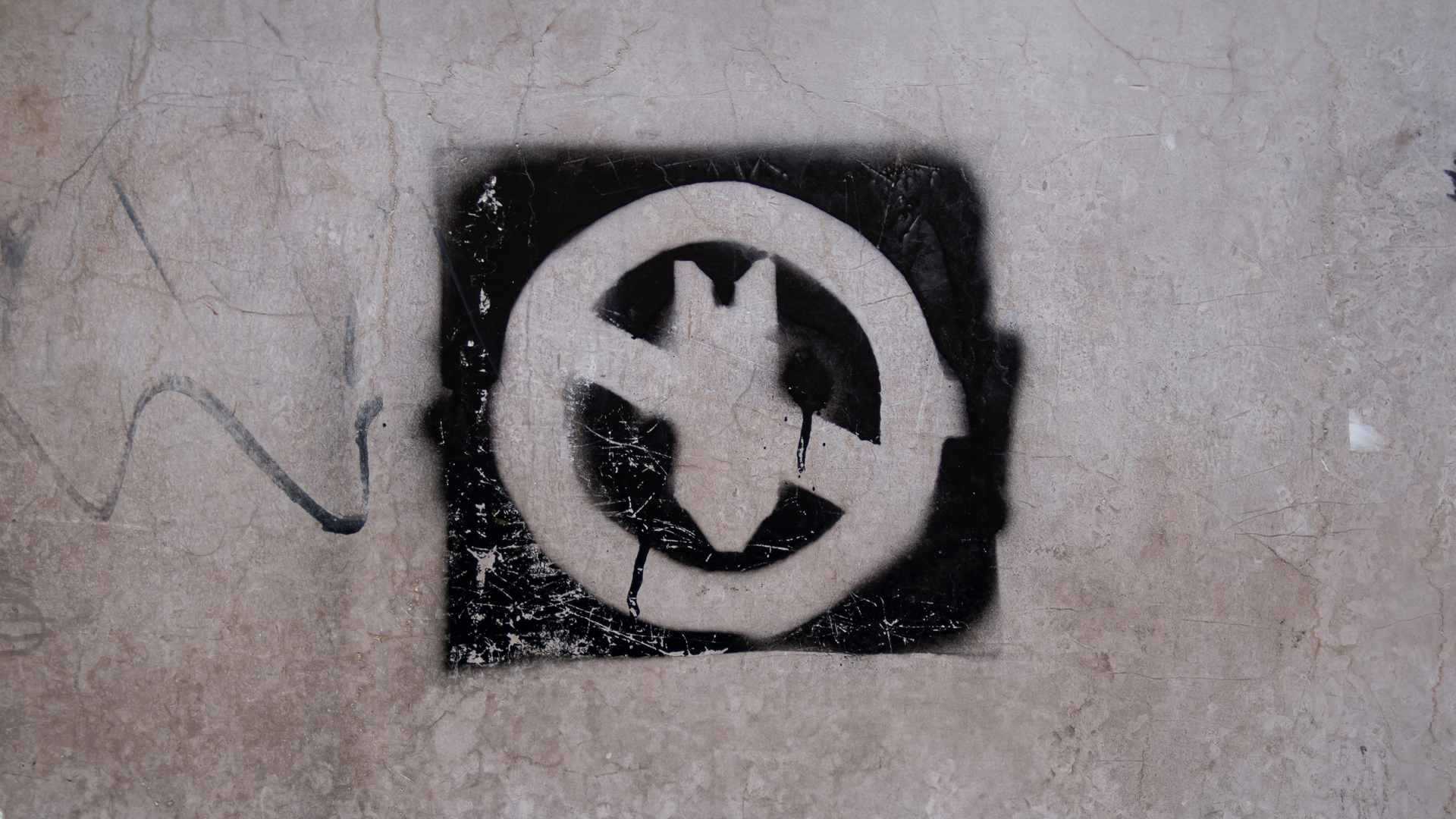No End in Sight
A highly respected scientist who was worried about the outcome of early atomic research wrote, “If we could utilize the forces which we now know to exist inside the atom, we should have such capacities for destruction that I do not know of any agency, other than divine intervention, which would save humanity from complete and peremptory nullification.” The scientist was biologist J.B.S. Haldane, the year 1925. Haldane ostensibly did not believe in God; yet so desperate was the future he envisioned that he saw no other means of saving humanity from a terrible fate of its own making.
Haldane’s fears would likely have been realized about 20 years after he expressed his concerns if, in 1945, Japan or its allies had had the weapons to retaliate against the atomic bombing of Hiroshima and Nagasaki. They did not. But the development and testing of the hydrogen bomb by the United States and the Soviet Union within a few years of each other in the early to mid-1950s made such a scenario a real possibility.
“One of the lamentable principles of human productivity is that it is easier to destroy than to create.”
Thankfully, the era of mutually assured destruction began as the human way of preventing annihilation. That worked—with a few close calls—all the way through the Cold War, and the strategy was even improved following the collapse of the Soviet empire and the resulting “peace dividend” of the 1990s.
Economist Thomas Schelling was the 1960s architect of deterrence by mutually assured destruction. In 2008 he updated his influential book Arms and Influence (1966). He said, “A somewhat militarily hostile Russia survives the Cold War, but nobody worries (that I know of) about nuclear confrontations between the new Russia and the United States.” It seemed that nuclear war was a disappearing threat, or at least preventable. If it hasn’t happened in 70 years, it probably won’t—or so goes the argument.
But today, in part because of Russia’s invasion of Ukraine in 2014 and 2022, great powers are again vying for dominance, and middle powers are being affected. Two of the world’s nine nuclear powers, Russia and China, have adopted a more belligerent stance toward the United States in recent years. This opens up the very troubling possibility for the United States of nuclear confrontation on two fronts simultaneously. In 2023, for the first time in several years, the US Congress published a bipartisan study into the nation’s strategic posture, including nuclear preparedness. Of the changed conditions, the report noted: “The vision of a world without nuclear weapons, aspirational even in 2009, is more improbable now than ever. The new global environment is fundamentally different than anything experienced in the past, even in the darkest days of the Cold War.” It recommended, in part, the “replacement of all U.S. nuclear delivery systems” and the “modernization of their warheads.” Today’s weapons are much more powerful and more numerous than the atomic bombs of the Second World War. And they are deliverable within minutes, not hours.
About 1,900 years before Haldane, another highly respected teacher, who very much believed in God, foresaw the same potential for human annihilation and the same need for divine intervention. He said, “There will be greater anguish than at any time since the world began. And it will never be so great again. In fact, unless that time of calamity is shortened, not a single person will survive.” The teacher was Jesus of Nazareth. But human survival is certain, He said. That catastrophic time “will be shortened” (Matthew 24:21–22, New Living Translation).
That’s to say, humanity will be saved from the “complete and peremptory nullification” that Haldane feared. And according to this first-century prophecy, it will happen because God has chosen to intervene for the sake of what some otherwise refer to as “a saving remnant”—a group of people who have chosen to accept responsibility to live by higher standards. You can read more about that way of life by following the links in Related Content below.


